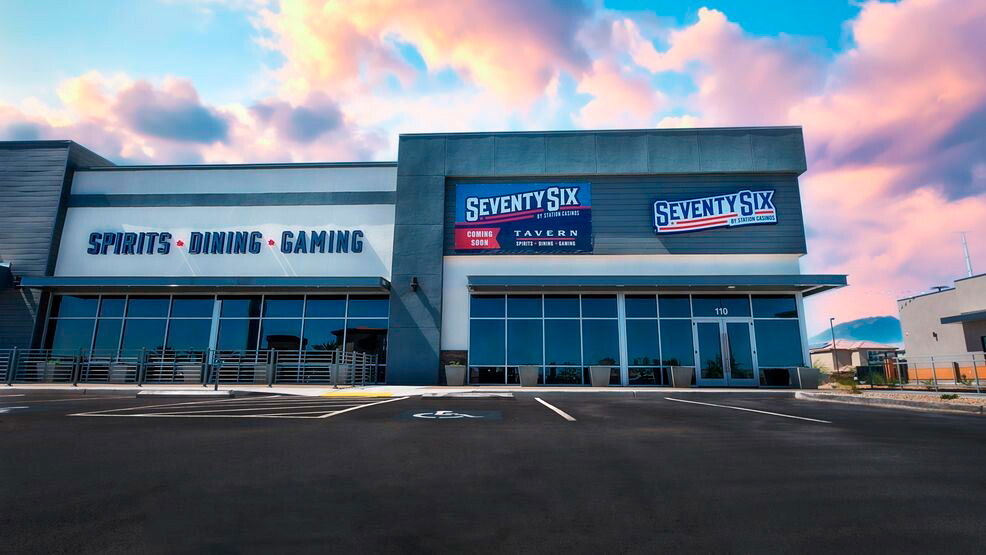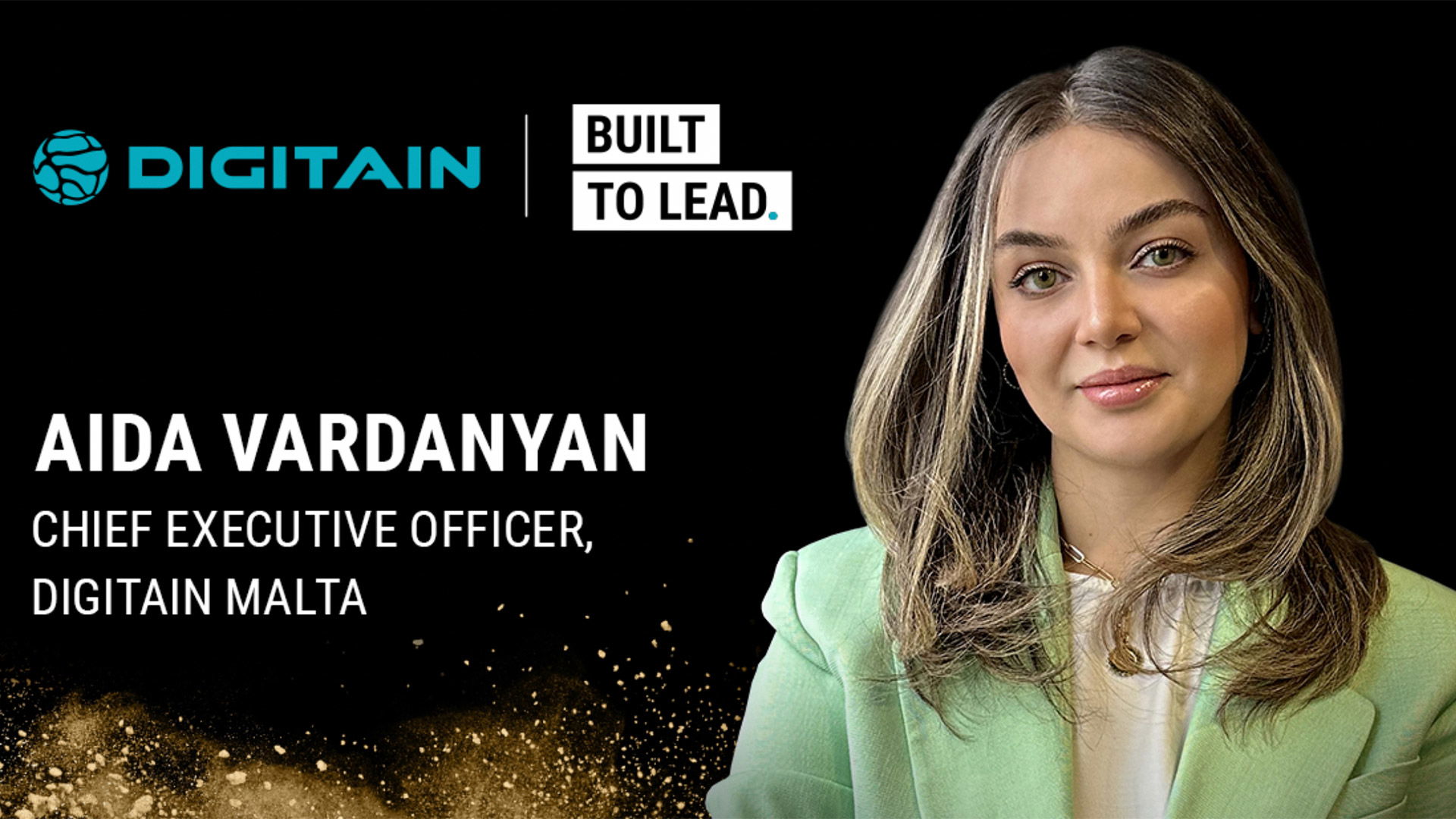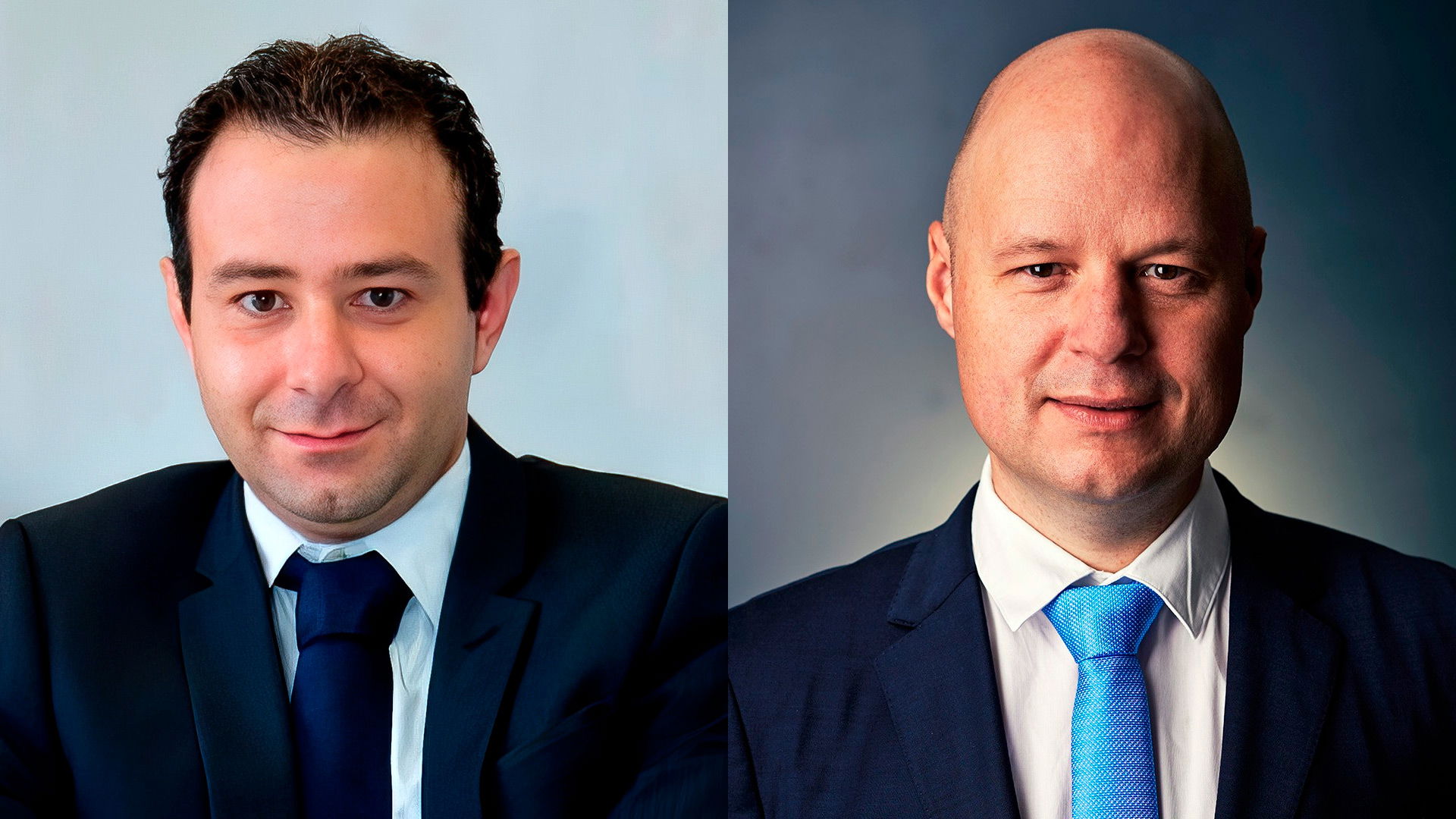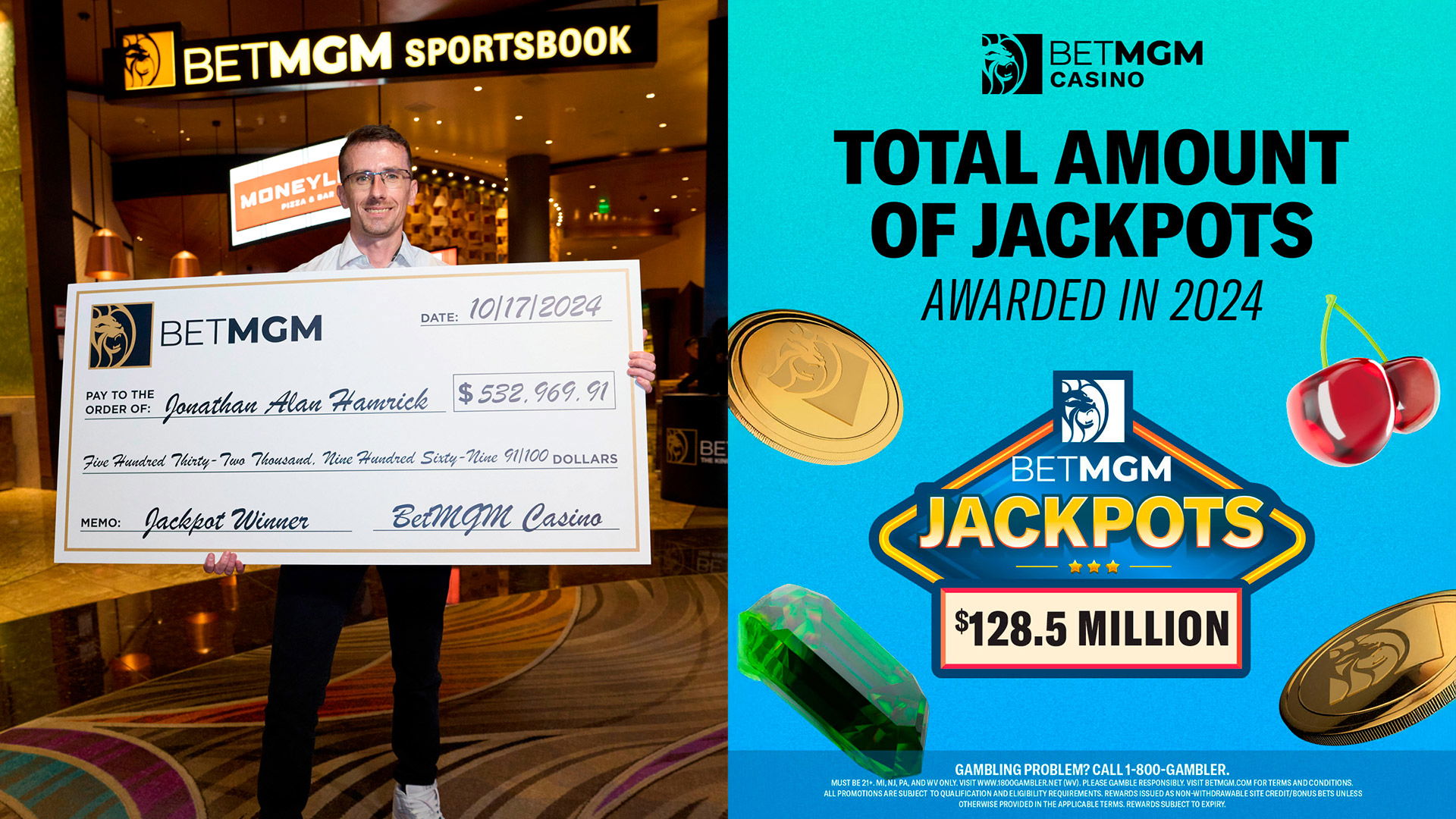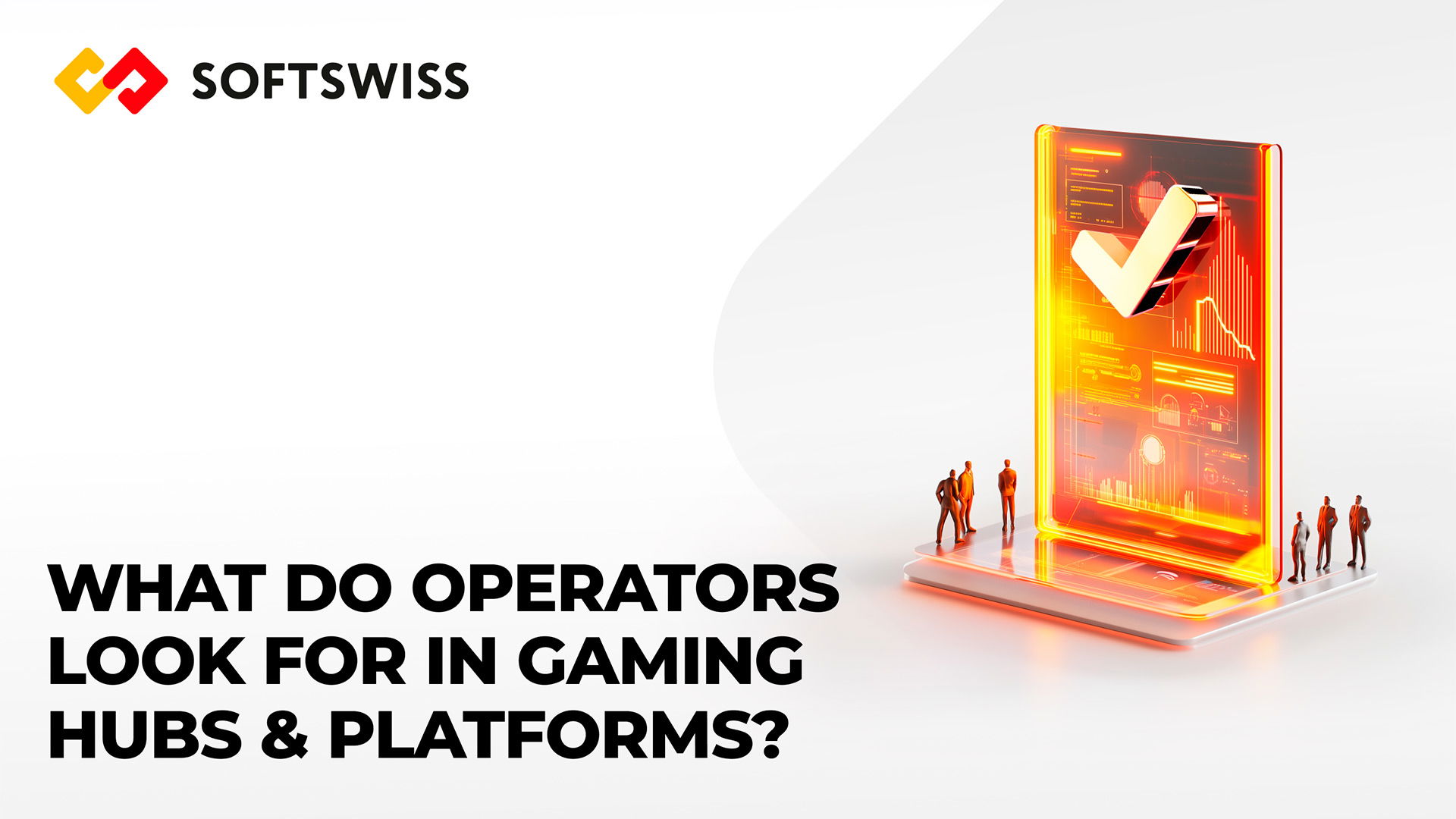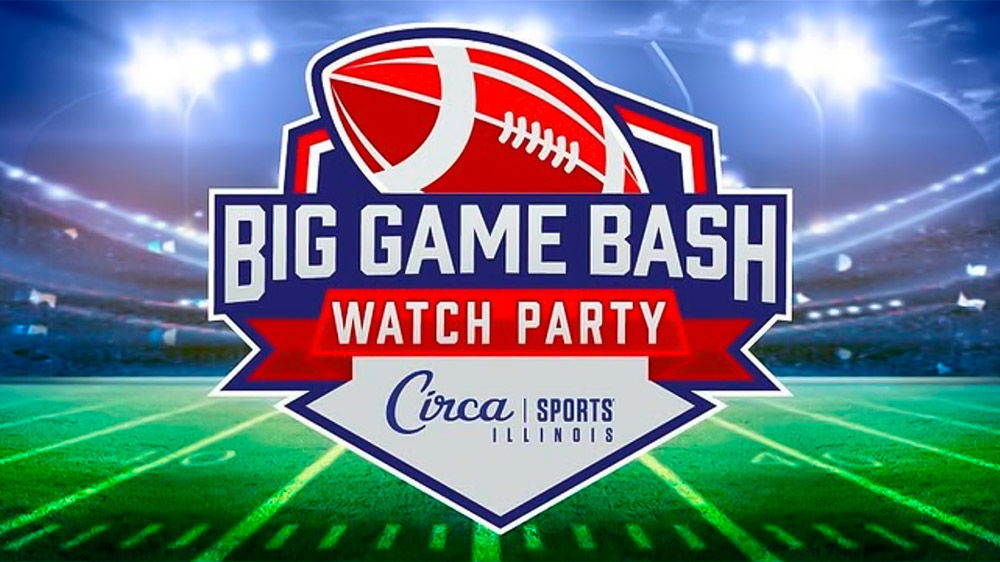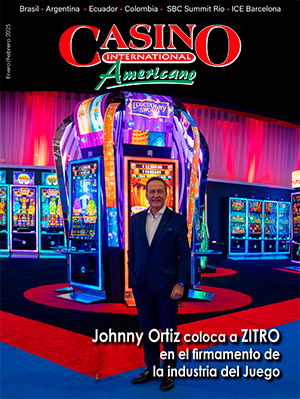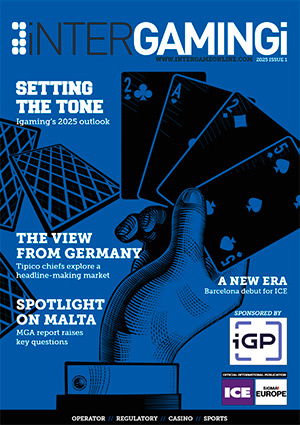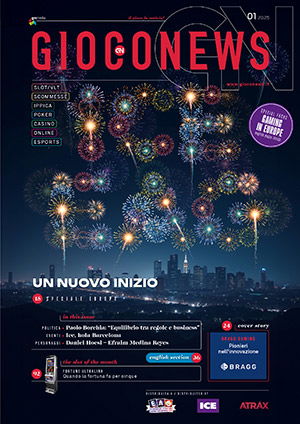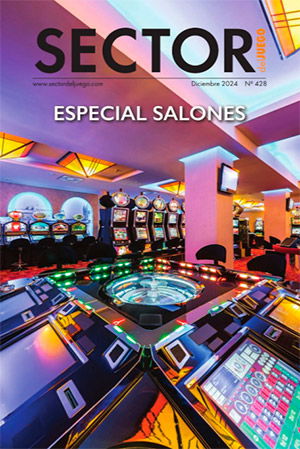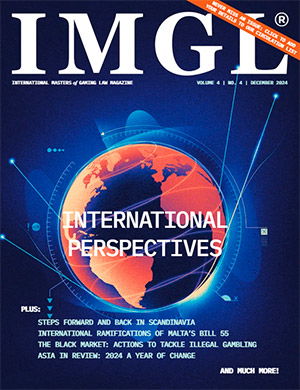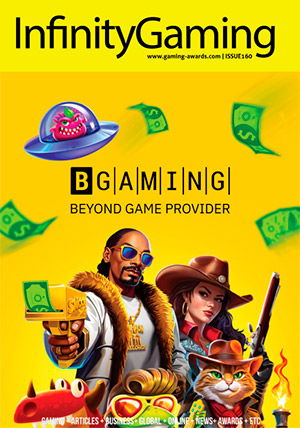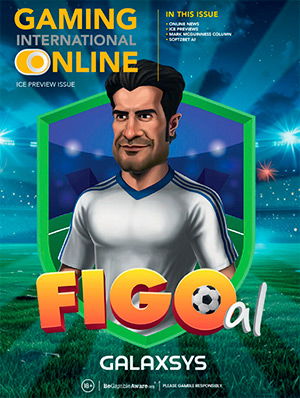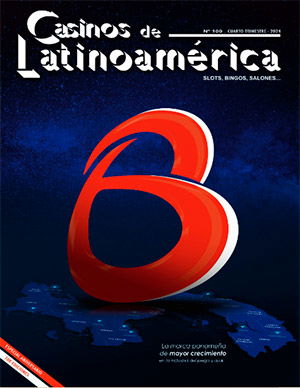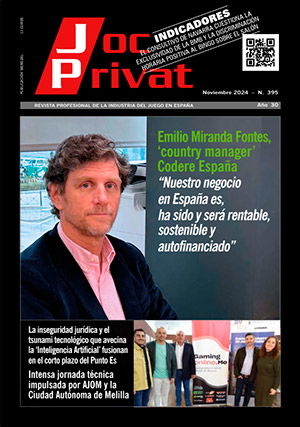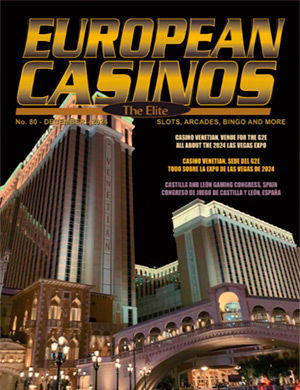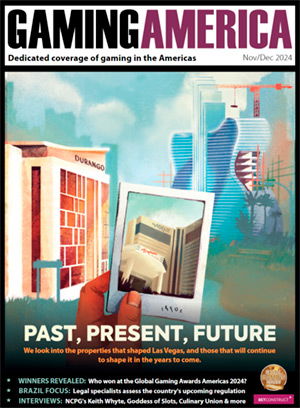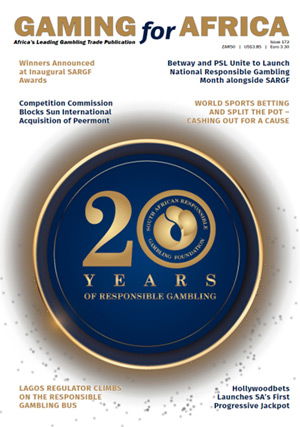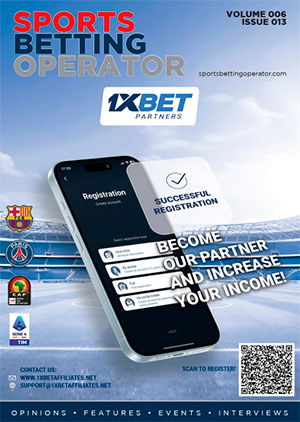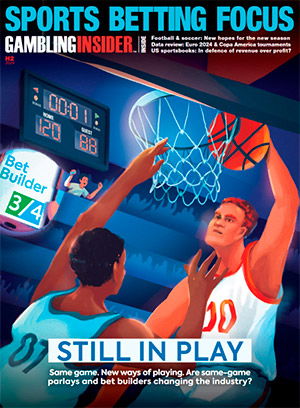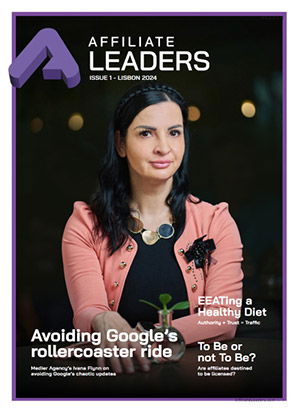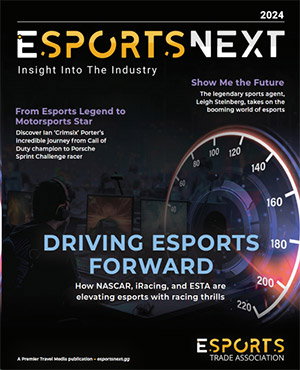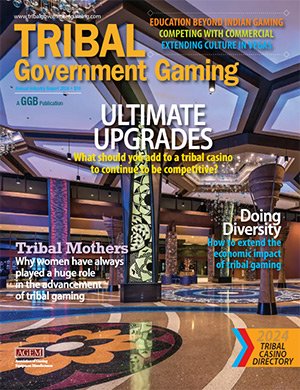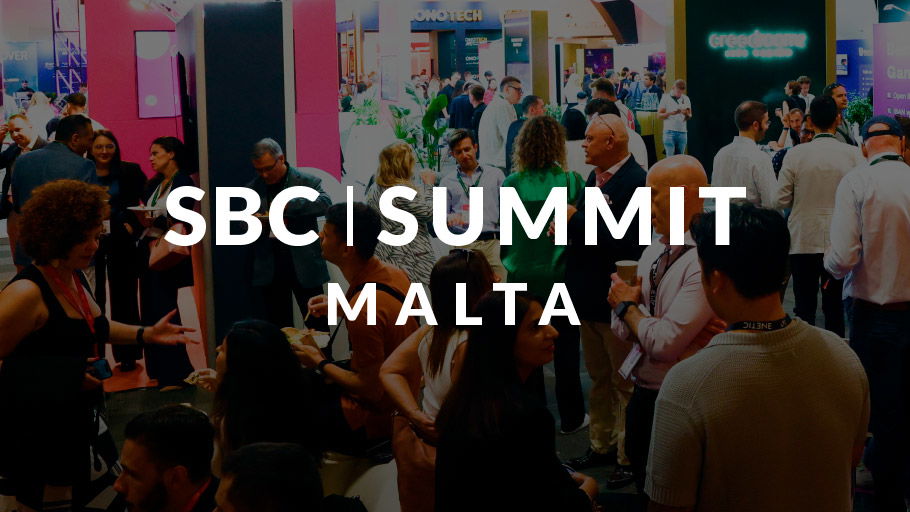UNLV study questions efficacy of free-play incentives in casino industry
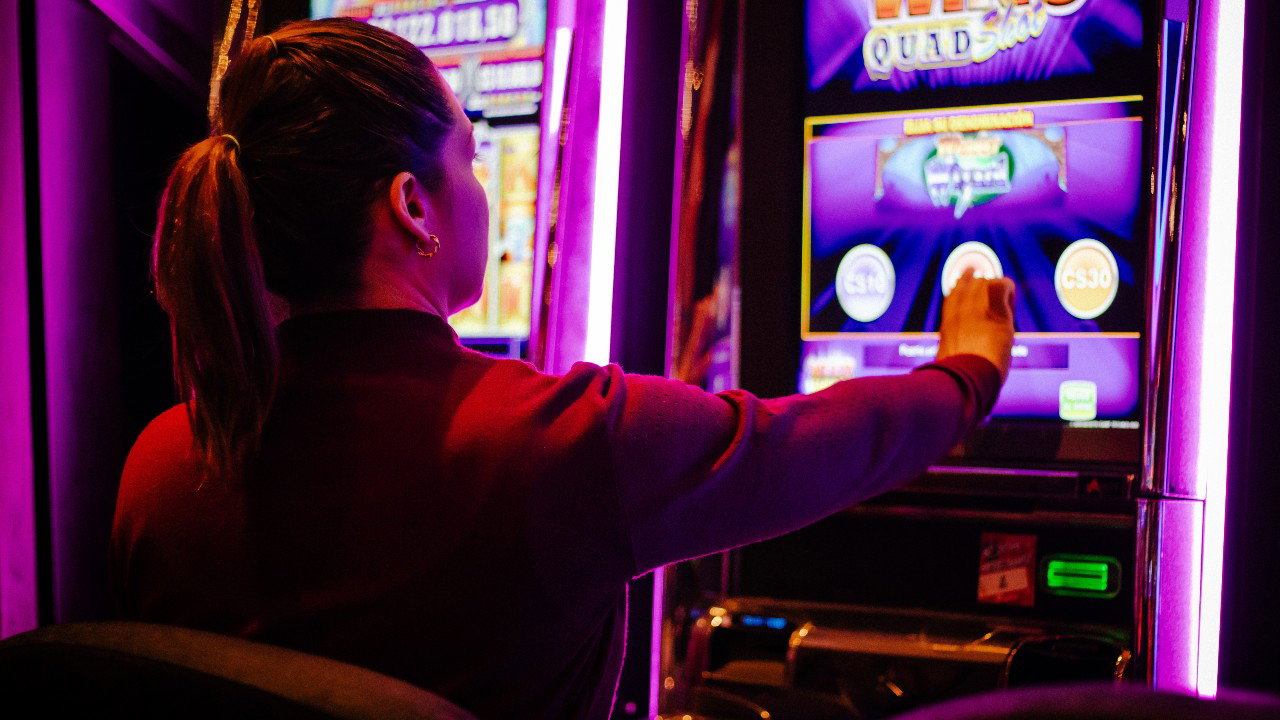
According to a new study from the University of Las Vegas, Nevada, free-play campaigns – or gambling money on the house – have become the dominant play incentive in the gaming industry, where the most money is spent to get players in the door and keep them coming back for more. However, the research suggests their effectiveness may be on the decline within certain groups of players.
A new study from Anthony Lucas, a researcher at UNLV’s Harrah College of Hospitality, found that reducing the amount of free play resulted in minimal to no change in visitation or visit-level spend.
“This work doesn’t show that free play is bad,” he said. “More that it’s evolved into a place where it’s not achieving its stated aims, and I’m not so sure on the returns anymore. Casinos need to be asking ‘How can we do it differently? How can we do it better?’”
The two main objectives of free-play are to increase both visitation and the spend per trip, though the bulk of research indicates this marketing technique is not achieving these outcomes.
“You don’t always go on vacation to the same place or out to eat at the same restaurant – it’s the same with gambling,” said Lucas. “You’re probably not going to the same casino every time, but if they can get you to visit more frequently, that’s great. And that’s what they use free-play loyalty programs to do.”
Lucas has been involved in gaming for 40 years, and with UNLV since 2001. He is an active consultant in gaming-related matters, including operations management, casino marketing and financial analysis. His latest research was produced using performance data from a tribal casino operating in the Western United States over the course of multiple years.
In year one, 400 casino-goers were given $15 per week in free play. In year two, they were split into four groups of 100 people each, with every group receiving a different free-play allotment ranging from $0 to $15.
“We wanted to understand how the spend per trip and amount of visits changed,” said Lucas. “What we found out was that there was no decline in spend per trip after reducing the awards. I don’t think there is anyone in the industry who would have predicted that.”
Visitation declined by about 20% for the group whose free play benefits were taken away completely. But the subjects in the groups that received $5, $10, or $15 allotments didn’t decrease their visitation frequency.
Given the limited number of available customers in locations with legalized gambling, casinos compete for customer patronage, causing free-play campaign expenses to balloon. A typical casino can spend tens of millions of dollars or more on free-play incentives annually, according to Lucas.
“It’s difficult for casino ownership to make changes because corporations are naturally risk-averse,” said Lucas. “The data shows that you could do so many other things with that money with minimal to no consequence. You could improve customer service and the physical environment – these are things that affect patronage and spend, as well.”
“Measuring the Impact of Reduced Free-play Offers on Casino Loyalty Behavior” was published on April 22, 2024, in the UNLV Gaming Research & Review Journal. Katherine A. Spilde from San Diego State University collaborated on the research.




